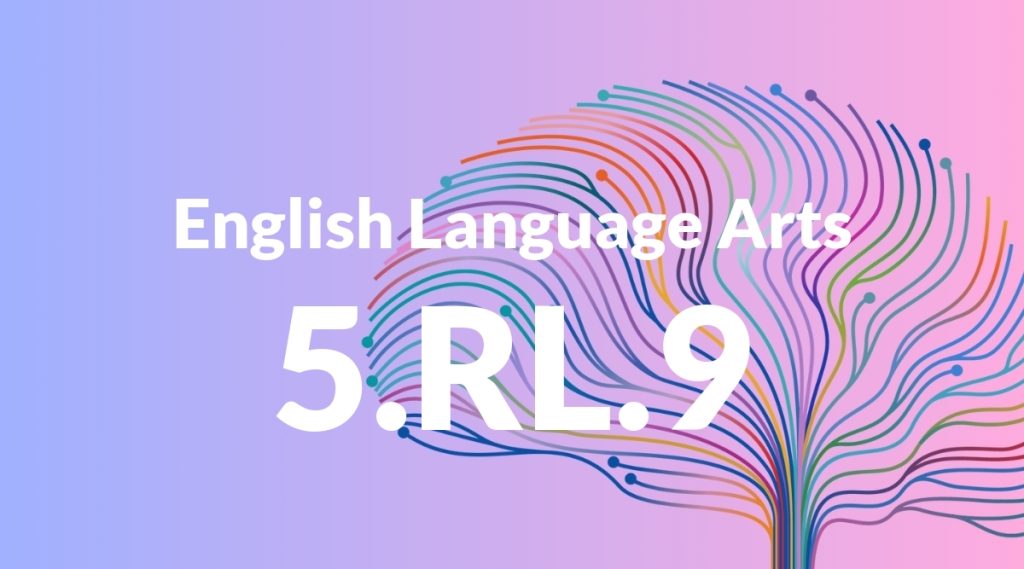Standard: 5.RL.9 – Compare and contrast stories in the same genre (e.g., mysteries and adventure stories) on their approaches to similar themes and topics.
Grade level: Grade 5
Subject: English Language Arts
Domain: Reading: Literature
Teacher Overview
This standard focuses on helping students compare and contrast stories within the same genre to understand how different authors approach similar themes and topics. This skill is crucial as it enhances students’ analytical abilities and deepens their understanding of literary elements. Students should be familiar with identifying themes and genres, and have some practice in comparing and contrasting different texts.
After mastering this standard, students will be better equipped to critically analyze literature, recognize different authors’ styles and techniques, and apply these skills to more complex texts in higher grades.
Common Misconception 1
A common misconception is that all stories within the same genre are essentially the same. This is incorrect because, while stories may share genre characteristics, authors bring unique perspectives, themes, and styles to their work.
Intervention 1
To address this misconception, teachers can use a variety of examples within the same genre to illustrate differences in themes, settings, and character development.
Common Misconception 2
Another misconception is that only the plot matters when comparing stories. This overlooks the importance of themes, character development, and settings, which are crucial elements of storytelling.
Intervention 2
Teachers should emphasize the significance of these elements by analyzing how they contribute to the overall narrative and message of the stories.
Prerequisite Knowledge
Students should have a basic understanding of different literary genres, the ability to identify themes and topics in stories, and some experience with comparing and contrasting texts.
Subsequent Knowledge
Students will develop the ability to critically analyze literature, recognize authors’ styles and techniques, and apply these skills to more complex texts and genres in higher grades.
Instructional Activities
- Group discussions comparing themes in different mystery novels.
- Graphic organizers to map out similarities and differences in adventure stories.
- Creative writing assignments where students mimic different authors’ styles.
- Class debates on which story better handles a particular theme.




